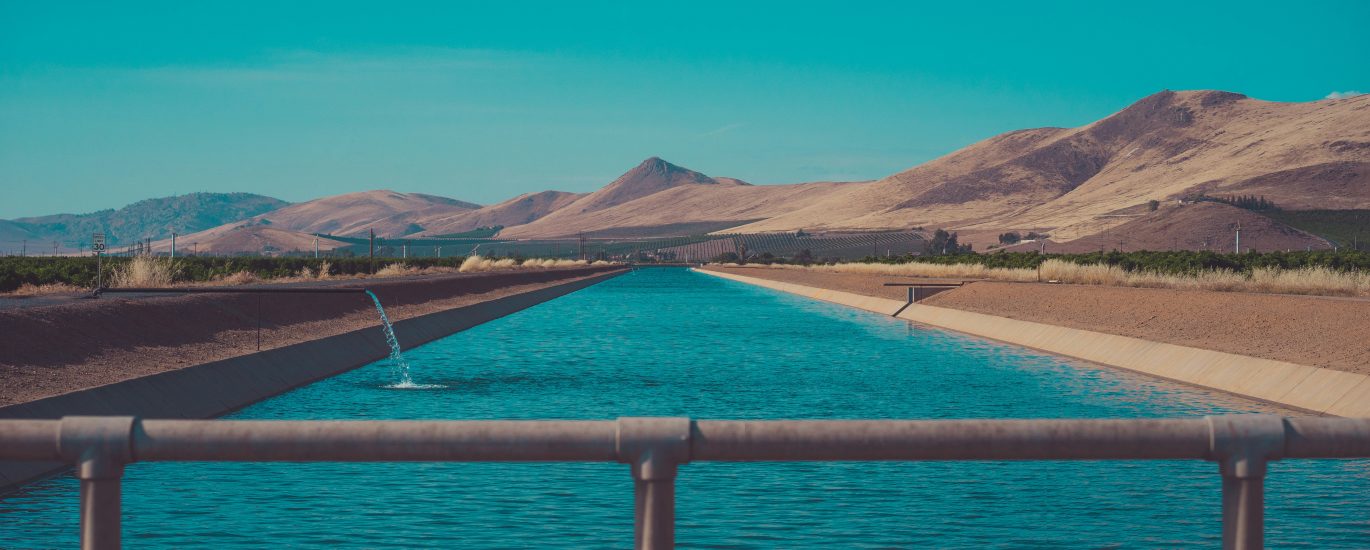Africa’s rapid urbanization and economic growth present both challenges and opportunities for sustainable infrastructure development. As the continent seeks to meet the needs of its growing population while minimizing environmental impact, innovative approaches and strategic investments are essential. Here are some practical examples that illustrate the challenges and opportunities in the future of sustainable infrastructure in Africa:
-
Energy Access and Transition
- Many African countries face significant energy deficits, with millions lacking access to reliable electricity. The reliance on fossil fuels for energy generation poses environmental and sustainability concerns. For instance, most African countries face the ongoing challenge of frequent power outages. This situation often necessitates the use of diesel generators, which, while providing essential energy, also contribute to pollution and greenhouse gas emissions. Transitioning towards more sustainable energy sources is vital for addressing these challenges and enhancing energy resilience across the continent.
-
Water Scarcity and Management
- Water scarcity is a critical issue in many parts of Africa exacerbated by climate change and population growth. Efficient water management and infrastructure are needed to ensure access to clean water. Similar to what happened from 2015 to 2018, Cape Town faced an unprecedented drought, estimated to occur once every 400 years, which nearly led the city, home to approximately 4.6 million people, to “day zero”—the moment when water supplies would be exhausted. The crisis was averted thanks to a blend of continuous public awareness campaigns and creative engineering strategies.
-
Transportation and Urbanization
- Rapid urbanization has led to increased demand for transportation infrastructure, resulting in congestion, pollution, and inadequate public transport systems. For example, similar to many developing nations, Kenya faces severe traffic congestion, which affects economic productivity and exacerbates air pollution. To address these challenges, several infrastructure projects have been initiated, such as the Nairobi Expressway, which aims to ease traffic flow in the capital, and the expansion of the Mombasa-Nairobi Highway to improve connectivity and reduce travel times.
PIDA’s opportunities for sustainable infrastructure development are exemplified by projects like Morocco’s Noor Ouarzazate Solar Complex, which harnesses solar power to provide clean energy and reduce fossil fuel reliance. In Kenya, solar-powered water pumps and desalination units enhance water access in remote areas, supporting local communities and agriculture. Addis Ababa’s light rail transit system offers an efficient, eco-friendly public transport option, reducing urban congestion and pollution. Meanwhile, Rwanda’s Kigali Green City project showcases green building practices with eco-friendly housing, renewable energy, and efficient waste management, setting a benchmark for sustainable urban development.


